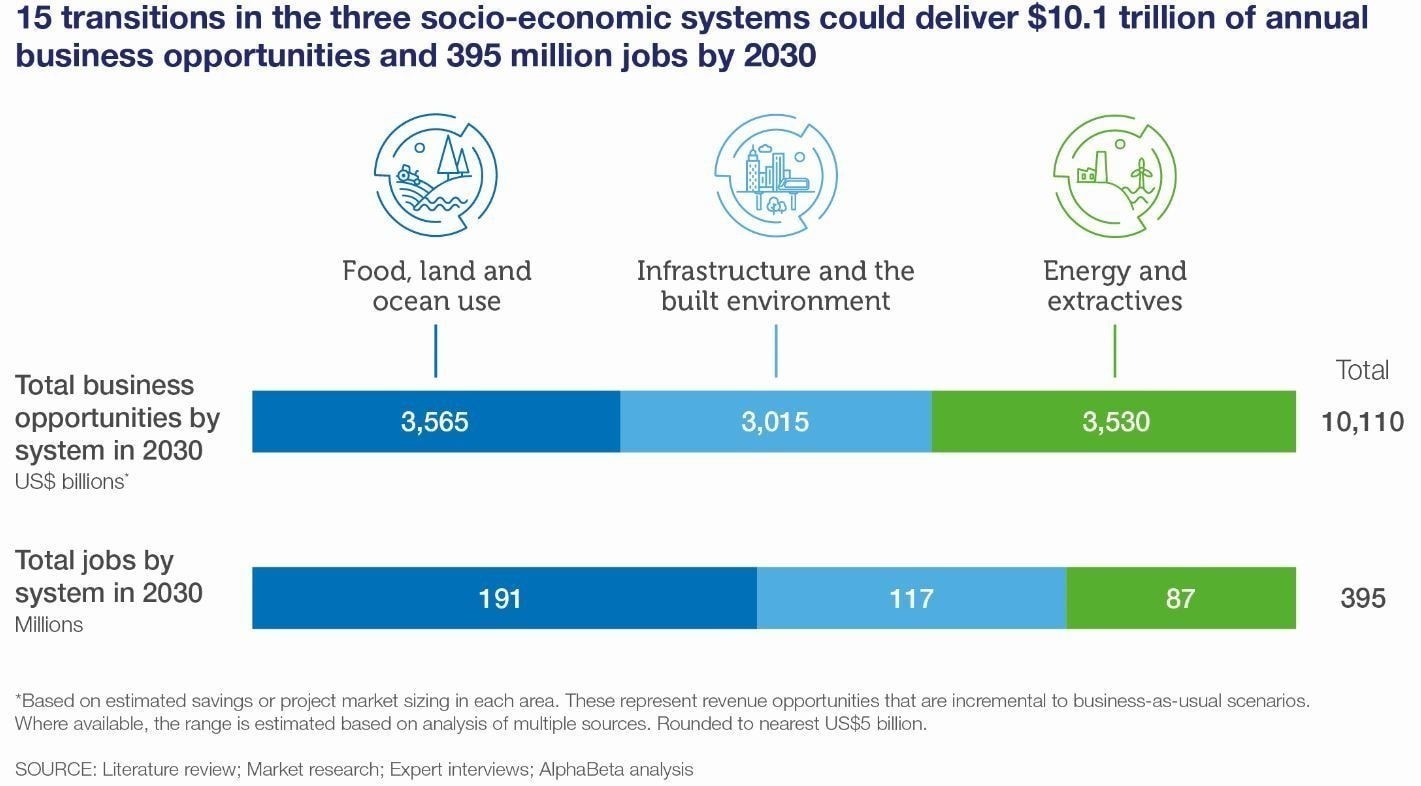Which European capitals have the most green spaces?
Having green spaces in urban areas is important on multiple counts.
Image: Unsplash/Alexander Kagan
Stay up to date:
Economic Progress
- Having green spaces in urban areas is important: they provide space for community activities, wildlife habitats and are vital in the fight against global warming.
- Tree cover can lower the temperature of a city by several degrees, providing shade and a process call evapotranspiration during heatwaves.
- The Nordic city of Oslo has the greatest share of green space at 72%.
Having green spaces in urban areas is important on multiple counts. They not only provide communities with places to relax, exercise and socialize, but they also bring wildlife to the area and help in the fight against global warming through carbon dioxide sequestration. Tree cover can even lower the temperature of a city by several degrees during heat waves through providing shade and a process called evapotranspiration.
According to data from the European Environment Agency (EEA), trees cover on average 30 percent of land in 38 of Europe’s capitals when viewed from above. The Nordic city of Oslo has the greatest share of green space at 72 percent, followed by the Swiss city of Bern (53 percent) and the Slovenian capital of Ljubljana (50 percent).
Paris falls far below the European average, with only 20 percent of the city under tree cover. The French capital ranks behind Madrid (39 percent) and Rome (24 percent). Greenery is even rarer in Athens, where trees cover only a tenth of the urban surface, while the Cypriot capital of Nicosia closes the ranking of the selected cities, with a rate of only 4 percent.
What is the World Economic Forum doing about nature?
Accept our marketing cookies to access this content.
These cookies are currently disabled in your browser.
Don't miss any update on this topic
Create a free account and access your personalized content collection with our latest publications and analyses.
License and Republishing
World Economic Forum articles may be republished in accordance with the Creative Commons Attribution-NonCommercial-NoDerivatives 4.0 International Public License, and in accordance with our Terms of Use.
The views expressed in this article are those of the author alone and not the World Economic Forum.
Related topics:
Forum Stories newsletter
Bringing you weekly curated insights and analysis on the global issues that matter.
More on Economic GrowthSee all
Navi Radjou
May 8, 2025
Dave Neiswander
April 28, 2025
Alem Tedeneke
April 25, 2025
Michael Eisenberg and Francesco Starace
April 25, 2025
John Letzing
April 25, 2025
Luis Antonio Ramirez Garcia
April 24, 2025






